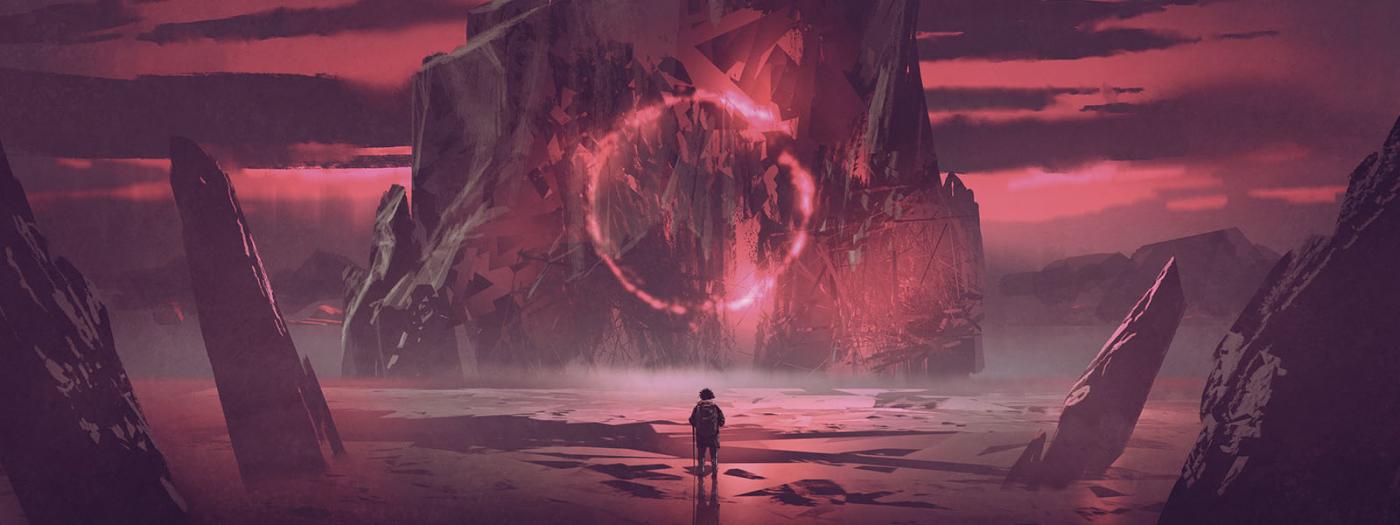The Postgraduate is structured in 6 subjects of 5 ECTS each.
| Subject | Credit |
|---|---|
| Effects production | 5 |
| Simulation | 5 |
| Effects | 5 |
| Lighting | 5 |
| Composition | 5 |
| Portfolio development | 5 |
| Total | 30 |
The contents of each subject are briefly detailed below:
|
Effects production |
|
Simulation |
|
Effects |
|
Illumination
|
|
Composition |
|
FINAL PROJECT ACTIVITY (5 ECTS) |
|---|
|
It will consist of developing a personal project that demonstrates the technical skills achieved, which will serve as a visual curriculum to improve your expectations of insertion or job progress. The development of the portfolio will consist of carrying out a mentored personal project with which you can demonstrate the technological capabilities acquired in the postgraduate course. |
